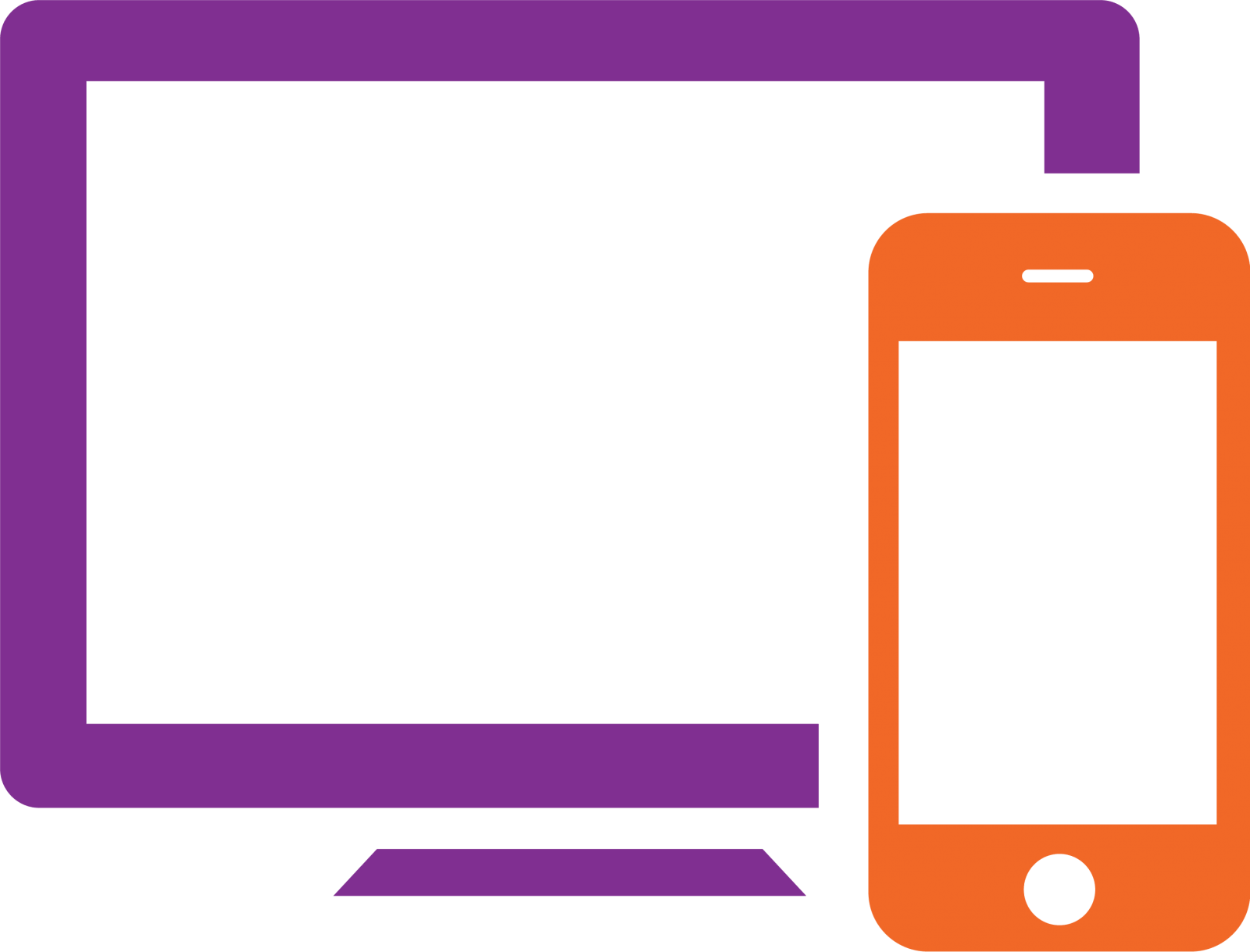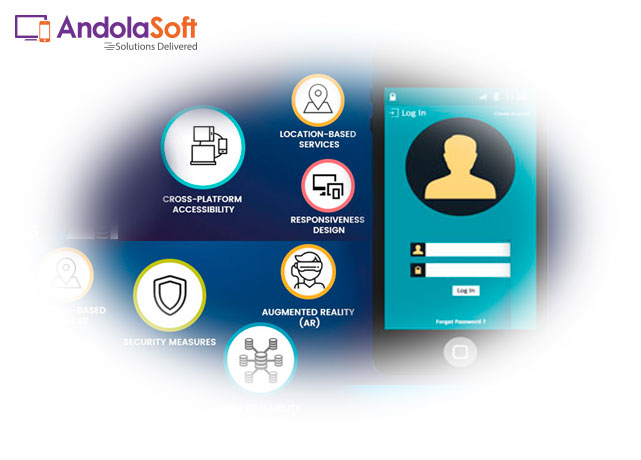Applications are the lifeblood of any business. They have become the driving force of the digital age. As the demand for applications has grown, so has the complexity of these apps. With ever-increasing traffic and user numbers, application performance has becoming a major issue for businesses. To keep up with this demand, businesses need to know how to improve their application performance.
Contents
What Is Application Performance?
Application performance is the number of transactions completed in a period of time. In other words, it is how fast your app is performing.
There are two types of application performance:
– First-time user experience – How easy your application is to use on the first-time visit. You want to be sure that new users find it easy to navigate and discover all the features they need without any obstacles.
– Return visitor experience – How easy your application is for return visitors after they leave. They should be able to immediately access their previous information and accomplish what they originally set out to do with no wait time or delays in functionality.
Never miss an update from us. Join 10,000+ marketers and leaders.
Different Types Of Applications
Before deep dive to know how to improve your application performance, you need to understand the different types of applications.
There are five different types of applications:
- Web apps
- Desktop apps
- Mobile apps
- Back-end (server) apps
- Cloud applications
Most Common Performance Issues
Are you struggling to improve application performance? If so, these are some of the most commonly seen performance issues.
1. High Latency
High latency can be a big problem as it causes your application to be more difficult to use and results in higher abandonment rates. It also impacts user satisfaction and experience.
2. Bandwidth Consumption
As your application’s traffic grows, so does the amount of bandwidth it consumes. If you don’t keep up with the demand, your app will slow down dramatically or even crash due to lack of resources. This could cause customers to abandon your app altogether.
3. Server Limitations
If you have no room left on your server for more incoming requests, then your website may have trouble fulfilling current requests leading to abandonment or slower response time for new visitors who come back later on.
4. Application Crashes
Application crashes are a common issue when trying to optimize an application’s performance because they affect the user experience and engagement negatively leading people to abandon or lose interest in the app altogether often resulting in high abandonment rates and low conversion rates of visitors into customers.
How To Improve Your Application’s Performance
The key to improving application performance is making sure the application is constantly being monitored. When your application is constantly being monitored, you will be able to identify bottlenecks and optimize the system accordingly.
Another important step is always maintaining an up-to-date backup of your database so that if something does go wrong with your server, you will have a safe copy of the data in case it needs to be restored. Finally, make sure your website has good uptime by implementing redundancy measures and monitoring your website during peak hours.
Never miss an update from us. Join 10,000+ marketers and leaders.
To improve performance of an application we have to perform performance testing.
Performance Testing is a software testing process used for testing the speed, response time, stability, reliability, scalability and resource usage of a software application under a particular workload.
The main purpose of performance testing is to identify and eliminate the performance bottlenecks in the software application. It is a subset of performance engineering and also known as “Performance Testing”.
The focus of Performance Testing is checking a software programs
- Speed – Determines whether the application responds quickly
- Scalability – Determines the maximum user load the software application can handle.
- Stability – Determines if the application is stable under varying loads
Various types of performance testing are there like, Load testing, Stress Testing, Volume testing etc.
Conclusion
Application Performance is the speed at which your application performs. It includes the speed of your website, app, and any other software or service you may be using. Whether you’re using a web application, a mobile application, or a software system, it’s important to keep in mind the impact of poor performance.
We at Andolasoft, testing applications using Jmeter tool to check their load. The objective is to identify performance bottlenecks before the software application goes live.
I’ve worked with the team at Andolasoft on multiple websites. They are professional, responsive, & easy to work with. I’ve had great experiences & would recommend their services to anyone.
Ruthie Miller, Sr. Mktg. Specialist
Salesforce, Houston, Texas

When we perform stress testing involves testing an application under extreme workloads to see how it handles high traffic or data processing. The objective is to identify the breaking point of an application.
When we perform volume testing large no. of. Data is populated in a database and the overall software system’s behavior is monitored. The objective is to check software application’s performance under varying database volumes.
At Andolasoft we have experienced testing professional to do various types of performance testing in latest technology. Hire us now to improve your website and application performance and engagement.












